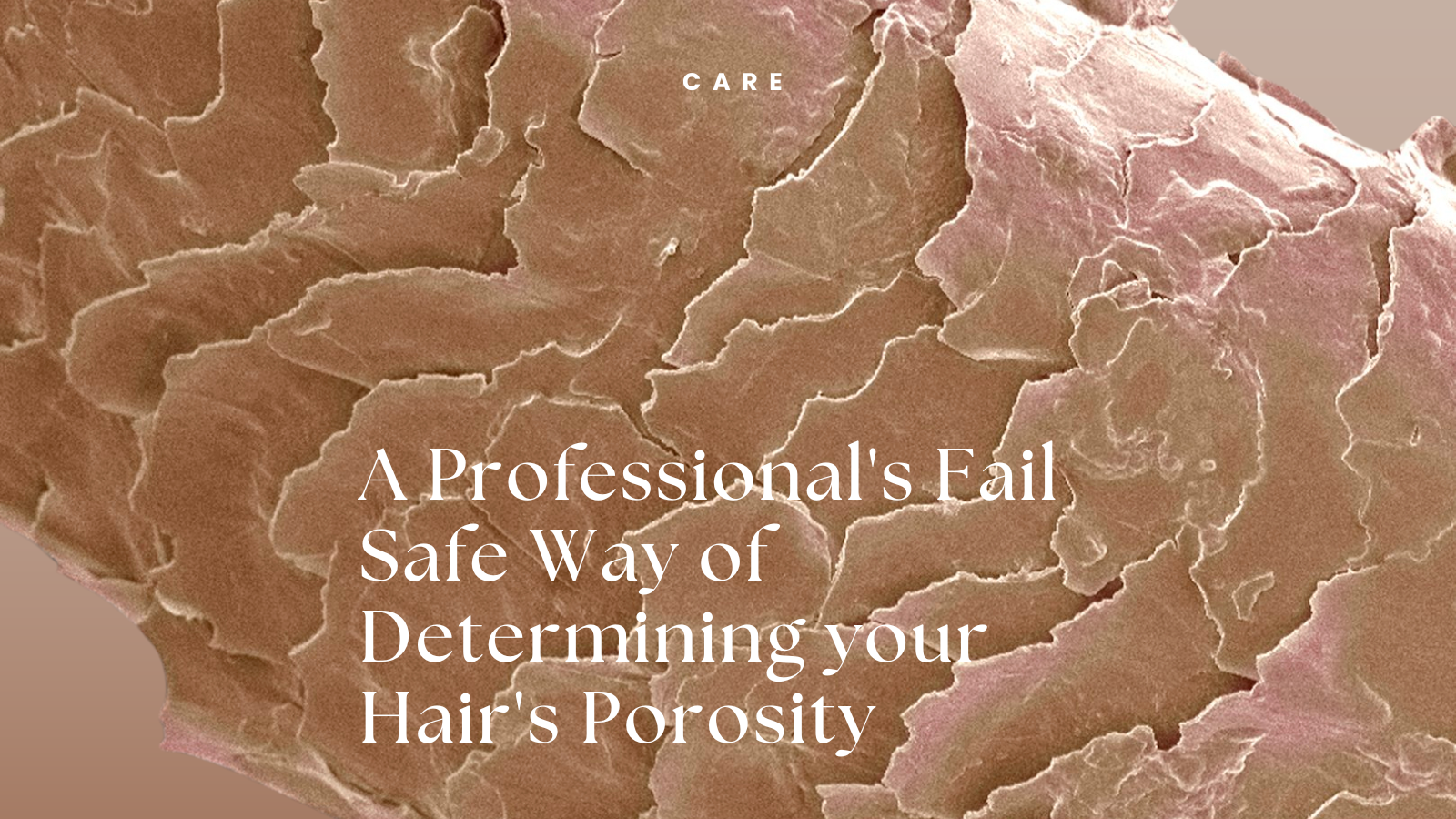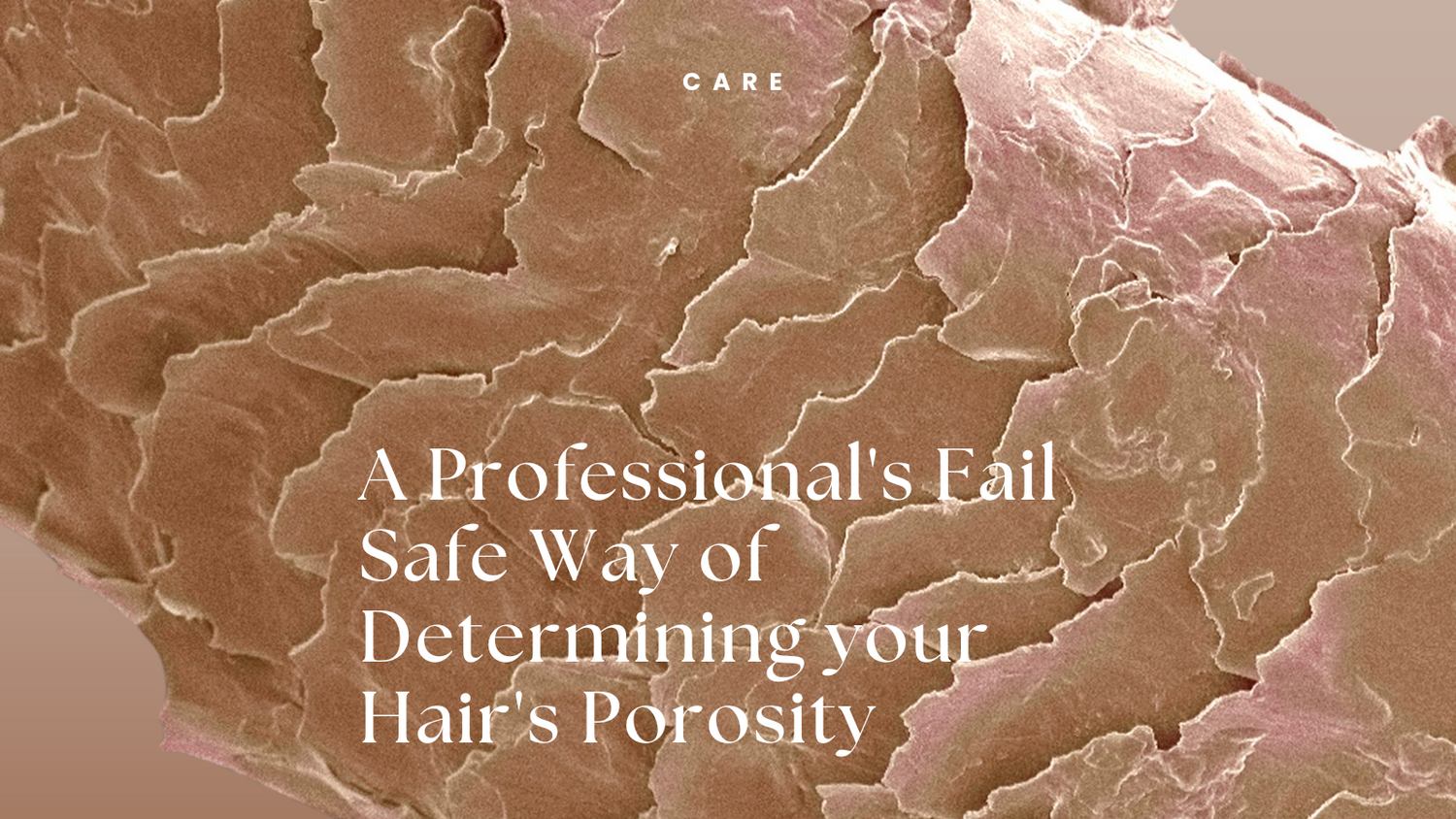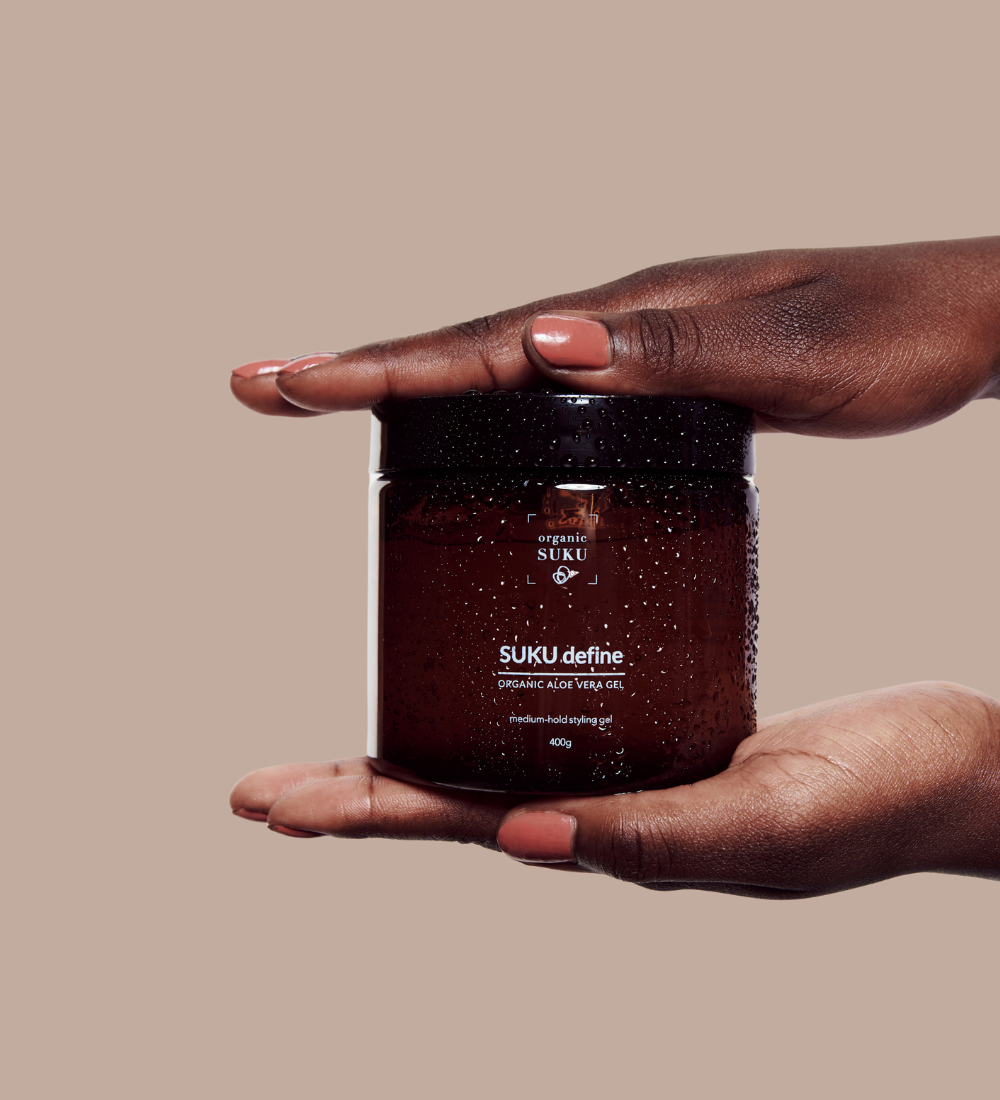Hair porosity is a hair typing method that is used to describe how easily your hair absorbs and retains moisture through the cuticle. It’s important to understand your hair’s porosity as it’s the gateway to developing your own unique care routine and allows you to curate the right products.
For a bit of context: Your hair strand is made up of layers. The outer layer (cuticle) is shaped like fish scales that lay flat on the hair strand.
Your hair may be classified as having high (lifted cuticle), medium, or low (flat cuticle) porosity. These classifications can be naturally occurring or influenced by how you care for your hair.
The most popular method of testing hair porosity
The FLOAT test is the most well-known method of determining porosity. This is where you take some strands from your hair and drop them into a glass of water. You let them sit on the surface of the water for a few minutes and depending on whether they float, sink to the middle or sink to the bottom, that defines your hair’s porosity.
The issue with the FLOAT test is that it can be riddled with errors. Trichologist, Tony Maleedy tested this theory by placing, high, medium & low porosity hair in a glass of water, and all three floated on the surface. The reason is because of surface tension [an invisible film that water has on its surface] that prevents lightweight objects, like hair, from sinking.
What many people have done to counter that issue, is break the surface tension by gently pushing the hair into the water. Tony tested this as well and found the hairs all performed the same. In summary, Tony found that the FLOAT test is not an accurate way of determining your hair’s porosity.
There are more accurate ways of determining porosity. Let’s get into it.
Accurately testing hair porosity.
There are more effective ways of testing porosity, but this one is most used by professionals. We’ll call it the TENSION hair porosity test.
Wash and dry hair with minimal product (e.g. use a rinse-out conditioner. No additional product if you air dry & heat protectant if you use heat).
Take a few clean dry hairs and slide your fingers along the hair shaft towards the root. This movement is going against the pattern of your hair cuticles and can quickly give you insight on where your hair shaft is on the porosity scale.
Results for low porosity hair - the cuticle feels mostly smooth
Results for high porosity hair - the cuticle feels mostly rough
An important thing to note is that porosity can vary throughout the whole head.
General characteristics of low porosity hair
The hair shaft is packed with cuticles that grow really close to each other - laying very flat. Hair tends to have a healthy sheen to it as flat surfaces reflect light easily.
It's hard for product to penetrate the hair shaft. But once it does, hair feels nourished the longest.
Low porosity hair products
Low porosity hair loves low molecular products. These are products whose make-up is tiny enough to penetrate the hair shaft. Adding steam into your care routine is critical as it aides in allowing your cuticles to lift and let moisture in. Booking in a monthly SUKU Treatment will be beneficial for the ongoing care of low porosity hair.
Some low molecular products we love for low porosity hair are:
And Certified Organic Shea Oil boosted by steam.
General characteristics of high porosity hair
The hair shaft has fewer cuticles and they tend to be lifted meaning the hair omits very little to no sheen. High porosity hair tends to get dry quickly because its easy for moisture to penetrate and hard to retain.
High porosity hair products
High porosity hair benefits from products that hydrate and nourish and routines that incorporate moisturising steps. Here is a two step moisturising process we recommend for an easy high porosity care routine:
Step ONE: Spray SUKU hydrate for ultimate hydration
Step TWO: Seal that hydration in with Cold Pressed Marula for fine textured hair & Certified Organic Shea Butter for thick textured hair
Our entire range loves on high porosity textures. DISCOVER HIGH POROSITY PRODUCTS
TIP: After application of the right products and redoing the porosity test, your cuticles should feel smoother.






